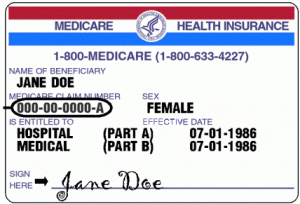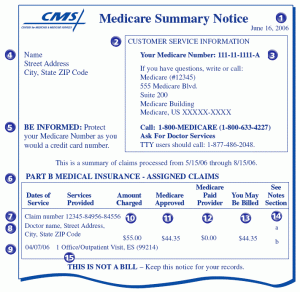
Initial Introductions
The video that you watched at the beginning of this training showed an interaction between a county employee and a Deaf client. It contained examples of both frustration and successful communication. This training is not enough to be able to allow you to communicate directly with Deaf, Deaf-Blind & Hard of Hearing clients on all the topics you need to address in your work.
That doesn’t mean, however, that you cannot communicate to some degree and introduce yourself to be able to establish a good rapport with the client and remove some of the anxiety about communicating. The following activity will help you learn how to ask the a client’s name – and how to proceed when you move past the limits of your ability to communicate in American Sign Language
Learning to Introduce Yourself
American Sign Language (ASL) is a visual-gestural language used by most Deaf people in the United States and Canada. It has its own grammar and vocabulary independent of English. However, because it is minority language within dominant cultures that use English, ASL uses a manual alphabet to represent English words. In making initial introductions to each other, people generally spell their names using this alphabet.
The chart below is from Dr. Bill Vicars’ lifeprint.com, which is an online resource for learning ASL. You can study it to practice spelling your name.

Practicing Your Own Name
With the internet, there are online resources for practicing fingersplling. Check this one out. You can type in your name in all lower-case letters and then the computer will spell it back to you. Try practicing along with what you see on the screen. (Note that you can adjust the speed of fingerspelling.)
Dr. Bill Vicars’ Fingerspelling Practice
Putting It All Together
Once you can fingerspell your name, you are ready to both give your own name and ask someone else’s name. Watch the video below. You can see the transcript of the video below it.
My name is Doug. (PAUSE) What’s your name? (PAUSE) Can you do that again slowly please? (PAUSE)
Note that it can be a challenge for people just learning ASL to read fingerspelling so you might need to ask a client to slow down, or even write it down. Admitting your limits is important, but making the effort to communicate in sign can go a long way in making a client comfortable and developing a reputation for your agency of being “Deaf-friendly.”
Learning More
If you are interested in learning more ASL, you can check out offerings in Community Education or at your local colleges and universities. There are also lessons online at Lifeprint.com with Dr. Bill Vicars. (The introductory lesson linked here introduces vocabulary and activities related to introductions.)
REMEMBER: Learning some basic sign language will not replace the need for other accommodations in serving people who are Deaf, Deaf-Blind, and Hard of Hearing. It is important to know your limits. It can, however, help in establishing a rapport with clients and creating a more welcoming environment.
Visual Aids
In addition to learning some basic sign language, you can also use some visual aids to help you communicate. Here are some examples you can download and print out PDF of all the examples shown here.
Sample Driver’s License
Interpreter Symbol
Sample Social Security Card

Examples of Insurance Cards








